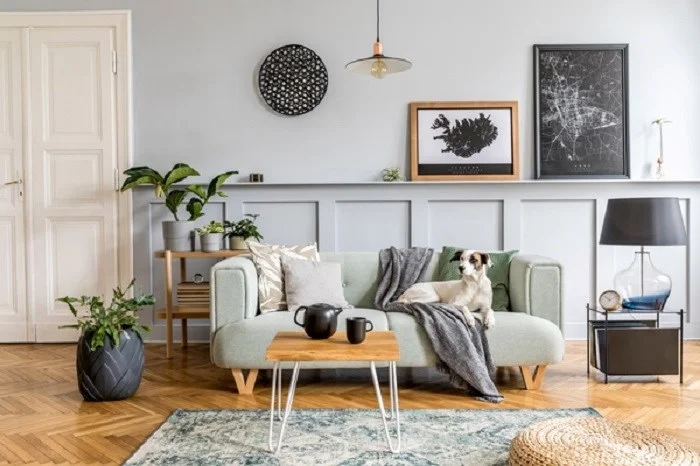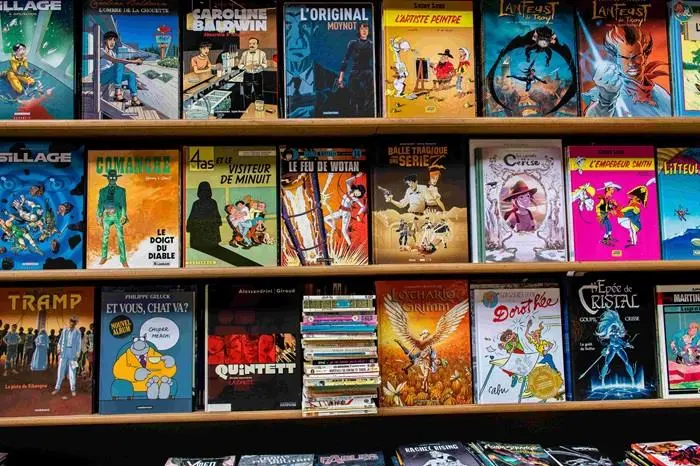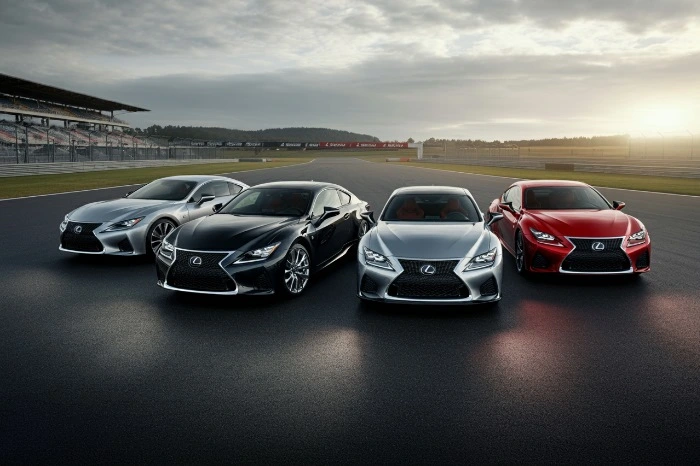Scandinavian Design
The best clean approach to interior design
Industrial Design
Industrial design for modern living.
Mid-Century Modern
Creating a new reality with mid-century modern design
Bohemian (Boho) Style
Express your bohemian soul with style.
Modern Farmhouse
Making a difference through modern farmhouse design
Interior design is the planning and design of artificial places as part of environmental design, closely tied to architecture. Although the urge to create a pleasant environment dates back to civilization, interior design is a relatively recent subject. An interior designer with an excellent eye for detail and a creative flare, heorganizes, studies, coordinates, and supervises such upgrade projects.
Interior design already includes several specialized fields. One of the newer topics is "space planning," which examines space needs, space distribution, and the interrelationship of operations inside commercial enterprises. In addition to these preparatory concerns, such design firms typically specialize in office design.
Many design firms have specialized in hotel, retail, industrial park, and shopping center design. Others focus on huge college or school projects, while others may specialize in the design of hospitals, clinics, or nursing homes. There are many interior designs; some top designs are here to discuss. These are Scandinavia Design, Industrial Design, Mid-Century Modern, Bohemian (Boho) Style, and Modern Farmhouse
Scandinavian Design
The best clean approach to interior design
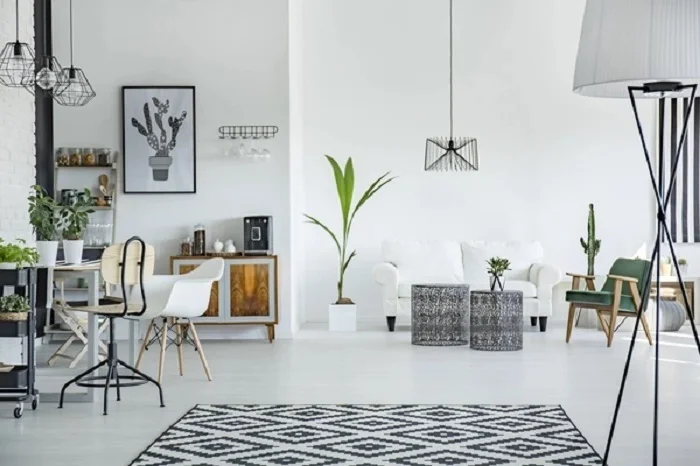
Scandinavian design is a decorating concept that mixes minimalism's simplicity with modern style's neutral tones and functional design. It's both clean and cozy, bright and candlelight, especially as we enter the winter season and embrace hygge. It has an organic feel and uses natural elements and textures.
Scandinavia comprises the Northern European countries of Norway, Sweden, and Denmark. Finland and Iceland, while not officially in Scandinavia, are frequently listed as examples of Scandinavian design due to cultural and visual similarities. Humans are naturally drawn to organic color palettes, relaxing designs, and links to nature, which is why Scandinavian design has been popular for decades. It is now regarded as a timeless design movement cherished by generations.
There are many locations for Scandinavian designs, which are: Scandinavian design living room, Scandinavian design house, Scandinavian design bedroom, Scandinavian design kitchen, Scandinavian furniture. Scandinavian design ideas for the home are the best ideas. Scandinavian design outlet coloring schemes are beautiful for people to look at. Scandinavian design patterns are primarily available in Northern European countries.
How do I create the Scandinavian look?To achieve a Scandinavian style, use neutral colors and clean lines. To accentuate light, use white walls, a neutral palette, natural textures like wood and stone, fewer window treatments and carpets, and simple, no-fuss layouts that promote an elegantly minimalist design.
Pros
- Easy to put up and minimalist.
- Beneficial and relaxing environment for you to rest in.
Cons
- The materials may be pricey.
- It may not be to everyone's preferences, and it isn't easy to maintain.
Industrial Design
Industrial design for modern living.
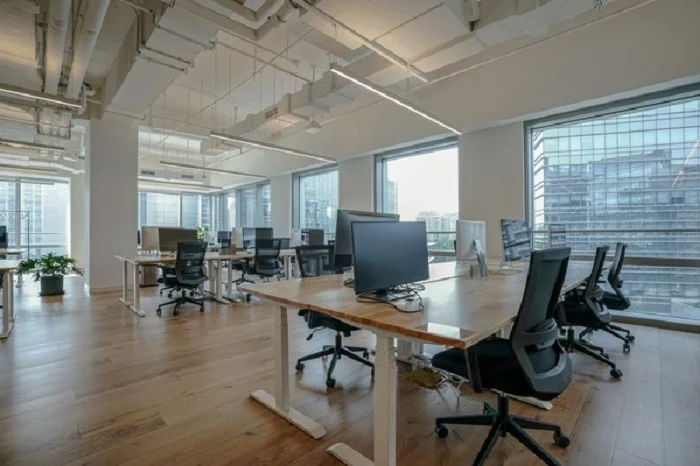
Industrial design is the process of designing physical things for mass production.It is the creative act of determining and defining the form and features of a thing before it is manufactured or produced. Industrial design (ID) is the professional discipline of creating goods, gadgets, objects, and services that millions of people use every day.
Industrial designers primarily focus on a product's physical appearance, usefulness, and manufacturability. However, they are often involved in far more aspects of the development process. Industrial designintellectual property rights preservethe visual design of simply utilitarian goods.
Every object you see in your home, office, school, or public space was created through a design process. During this phase, an industrial designer make a number of decisions aimed at improving your life through well-executed design..
What is a prominent example of industrial design? The Coca-Cola 'Contour' bottle is a beautiful example of iconic industrial design, as it is recognized by millions worldwide and is used daily by many people. For more than a century, the design has been instantly identifiable.
Types of Industrial Design:Some industrial designs are Automotive Design. Industrial Biotechnology, Design Research, Prototyping, and Design Directing.
Pros
- Industrial design can sometimes be overlooked regarding product creation and innovation.
- It can help you create new items.
- Help you improve your current items.
Cons
- Risk of impracticality that increased production cost
- Limited focus on industrial design, which may prioritize form over functions.
Mid-Century Modern
Creating a new reality with mid-century modern design
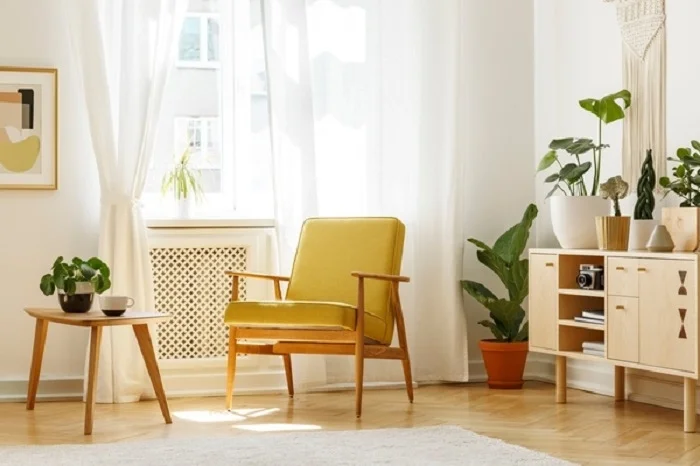
Midcentury modern interior design is a design style that emerged in the middle of the twentieth century. Midcentury modern, characterized by fundamental, practical, and wooden furniture, is still a popular interior design style. Although many reproductions of midcentury modern furniture are on the market, the original is still viral (and valuable!).
Midcentury modern design is still popular, thanks to its emphasis on functionality, clean lines, and natural materials. You want to highlight the wooden components when decorating in the midcentury modern style. Arditi advises using woods that complement rather than oppose each other.
Keep in mind that traditional furniture was not designed to accommodate modern homes. While many people like repurposing midcentury modern credenzas as TV stands, furniture designers at the time did not create these pieces specifically for this function, so there may be some imperfections.
There are many midcentury modern designs for houses like mid-century modern architecture design, mid-century modern living rooms, mid-century modern kitchen designs, mid-century modern décor, and mid-century modern chair designs,
How can I determine whether my furniture is midcentury modern?Midcentury modern furniture is distinguished by its sleek, utilitarian style. This features smooth curves, simple materials, and personal touches like bright hues or geometric designs. Most midcentury modern furniture will feature wood or metal frames and upholstery.
Pros
- Mid-century design easily blends with modern styles.
- Its clean lines and functionality make it stylish and functional.
Cons
- It frequently uses a dull palette that lacks vibrance.
- Authentic things, particularly designer ones, can be expensive.
Bohemian (Boho) Style
Express your bohemian soul with style.

The Bohemian style, sometimes known as 'Boho chic,' is a fashion and lifestyle choice defined by its unorthodox and free-spirited nature. While its specific beginnings are debatable, theBohemian style has been influenced by the Romani people's nomadic lifestyle from the late nineteenth to early twentieth centuries. Travelers, writers, and artists typically influence bohemian design.
Bohemian-style home decor incorporates objects that are casual, bold, and unique. Natural components and various colors, patterns, and textures are commonly used to create this style. The Boho style reflects the hippie culture of the 1960s and 1970s.
What is boho style décor?Modern Bohemian Style is a free-spirited aesthetic combining diverse cultures and artistic expressions to create an eclectic look emphasizing organic materials and nature. Mixing patterns, metals, woods, materials, animal hides, and souvenirs from your trips is strongly recommended while creating your bohemian-style room.
How do you get the perfect bohemian look?Use linen, denim, suede, or crochet for a rustic and homemade touch. Long, flowing cuts that enhance the loose spirit of the bohemian style are always an excellent choice. Bohemian-style dresses, Skirts, overalls, blouses, and kimonos are essential in a bohemian wardrobe. The color pallet ranges from tan-brown to indigo blue. Bohemian-style accessories, such as hats, bags, and cowboy boots, are no longer complements; they are essential to every teamwork.
Pros
- It promotes a casual and laid-back atmosphere.
- It frequently uses natural materials and sustainable processes.
Cons
- It might sometimes appear messy or disorganized.
- It may not suit everyone's taste or living space.
Modern Farmhouse
Making a difference through modern farmhouse design
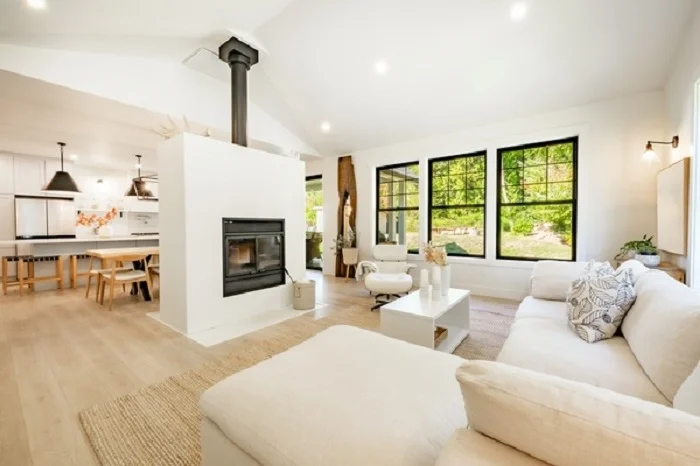
Modern farmhouse interior design combines classic farmhouse décor with contemporary design, furniture, and color choices. Modern farmhouses design ideas generate sensations of warmth and comfort. It's timeless without fussy, making elevated designs comfy and inviting you to put your feet up and stay a while. The modern farmhouse aesthetic combines comfy furniture with salvaged resources like reclaimed wood.
Antiques are appropriate in modern farmhouse decor but should be manageable to touch. Everything must be tactile and tangible. Most importantly, the modern farmhouse style is both comfortable and clean.
Modern farmhouse design exterior Consider greys, greige, taupes, hazy blues, and silvery greens. Again, you can choose black roofing and window frames. Alternatively, use a rich, dark color from the same family as your siding. Modern farmhouse exterior colors frequently translate into staining rather than painting specific trim elements. These colors may also be used for modern farmhouse kitchen design.
How do you get the modern farmhouse look?Modern farmhouse design has a down-home feel that deserves laughter and enjoyment. Begin with a warm or cool neutral color palette (white, beige, silver, sage, and gray are all suitable), then add some natural wood tones. Look for salvaged wood with some wear and tear if feasible. Scratches, knots, and nicks enhance the realistic aspect of the look.
Pros
- Larger living areas than average modern residences.
- Having access to fresh, organic fruit and dairy.
Cons
- Structure requires constant repairs, as does the outbuildings.
How Does Interior Design Benefit Society
Interior design benefits society in a variety of ways.
Improved Quality of Life:Well-designed places benefit people's physical and mental health. Thoughtful interiors, such as ergonomic furniture or layouts that make the most of natural light, can reduce stress, increase comfort, and improve overall quality of life.
Improved Functionality:Interior designers improve areas for both efficiency and functionality. This includes more efficient use of space, faster movement, and accessibility for all users, all of which contribute to a more inclusive atmosphere.
Promotion of Sustainability:Interior designers are essential in promoting sustainable practices. They encourage using environmentally friendly materials, energy-efficient technologies, and sustainable design solutions, which help reduce carbon footprints and raise environmental awareness.
Cultural Preservation:Interior designers maintain cultural history by incorporating traditional features into contemporary spaces. This contributes to a sense of continuity with history and customs, as well as cultural awareness and understanding.
Community Engagement:Interior design projects frequently include community spaces such as schools, hospitals, and public locations. These places' thoughtful designs stimulate community participation, social interaction, and the creation of inclusive environments for various populations.
Economic Contribution:The interior design industry contributes to economic growth by creating jobs, stimulating demand for materials and furniture, and increasing the value of real estate.
Advantages of Interior Design
Improved Aesthetics:Interior design can transform places, making them visually appealing and practical.
Improved Functionality:It improves space use by assuring efficient layouts and maximizing functionality.
Increased Property Value:Well-designed interiors frequently increase property value, making it a desirable investment.
Personalization:Tailoring designs to individual tastes fosters a sense of privacy and comfort.
Disadvantages of Interior Design
Costly:Quality interior design may be expensive, mainly when using high-end materials and paying professional fees.
Time-consuming:Design projects can take time to plan, source resources, and implement designs.
Client Expectations:Balancing personal taste with client preferences can be challenging.
Subjective Nature:Design choices are subjective, and what one likes may not appeal to another.
Market Competition:The interior design market is competitive, involving ongoing innovation and networking.
Psychological Impact of Interior Design
Interior design significantly impacts our mood, behavior, general well-being, and mental health. It goes beyond designing aesthetically pleasant rooms and into the domain of psychology. A well-designed interior might encourage leisure, productivity, creativity, or social connection, depending on the space's intended use.
Good interior design can touch people personally by reflecting their personality, values, and preferences, making them feel more connected and comfortable in their surroundings. This sense of belonging and personalization improves mental well-being, which should be one of the most essential factors interior designers consider when determining the best method to build a place.
The psychological impact of interior design should be considered. It can influence our emotions, actions, and general quality of life. By prioritizing deliberate design, we can create rooms that look good and improve our attitude and daily experiences.
Conclusion
The combination of Scandinavian, industrial, mid-century, Bohemian, and modern farmhouse ideas creates a rich tapestry of style and character for interior spaces. Each style has its distinct vibe, ranging from the clean lines of Scandinavian to the raw appeal of industrial, the feeling charm of mid-century, the eclectic boho attitude, and the homey allure of modern farmhouse.
With their simplicity, functionality, and warmth, these design styles appeal to various interests and preferences, allowing for limitless creativity and individuality in home decor. Whether they embrace minimalism or celebrate individuality, these design styles enable people to create environments representing their personalities and lifestyles, fostering comfort, harmony, and visual delight around every corner.
